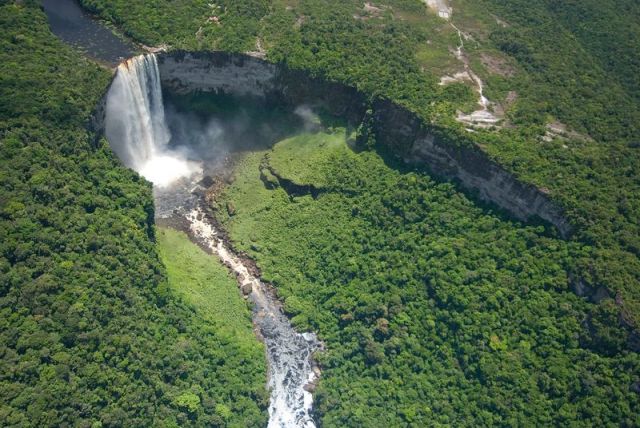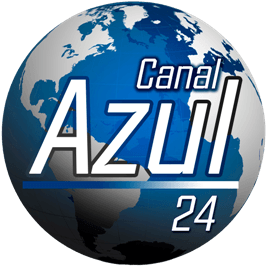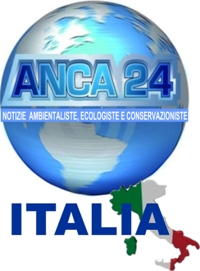 Gustavo Carrasquel, Venezuelan environmentalist, author of the “Bioregions of America” and GEO6-UNEP consultant, requests the Venezuelan chancellery, to take into account the proposal for the creation of a binational Biological Corridor (Guyana and Venezuela) in the Basin Esequibo River, to stop any possibility of a transnational mining in the disputed territory and thus also leaves the current territorial political game.
Gustavo Carrasquel, Venezuelan environmentalist, author of the “Bioregions of America” and GEO6-UNEP consultant, requests the Venezuelan chancellery, to take into account the proposal for the creation of a binational Biological Corridor (Guyana and Venezuela) in the Basin Esequibo River, to stop any possibility of a transnational mining in the disputed territory and thus also leaves the current territorial political game.
Carrasquel explains that “Biological Corridors are new forms of international protection of biodiversity in the world.”
“From the Blue Environmentalists Foundation we have studied the need to protect the biodiversity of the Esequibo River Basin. The same would have an area of approximately 120,000 km2, with more than 20 affluent rivers, and its mouth represents the second largest estuary in the American continent “.
The Esequibo River is one of the longest and mighty coastal rivers of South America which flows into the Atlantic Ocean runs along the left border of Guyana, although some of its affluents coming from the northeast of the Bolivarian Republic of Venezuela. It has the second largest estuary of the continent.

It is also one of the most plentiful water falls on the planet, Kaietem Falls has a height of 226 meters. Its forest mass represents 8 million hectares, gathering more than 1,000 different species of flora. This within the Guyana Shield, which gives it an unparalleled feature as biodiverse region.
The Esequibo territory of 159,500 square kilometers, rich in mineral resources and strategic sea area rich in energy resources, is the cause of the dispute between Venezuela and Guyana, by a border demarcation dating back about 200 years.
Some authors divide the geography of the Esequibo in 4 regions, according to their natural physical conformation: Coastal Zone (from Punta Playa to the outfall of the Esequibo River), Intermediate Zone (area between 30 and 120 meters above sea level, Pacaraima (mountain range that occupies much of the Esequibo territory, mainly covered with forests) and the area of Savanna and South Mountains (formed by the savannas of Rupununi).
According to the administrative division of Guyana, the Guyana Esequibo would cover all the regions of Barima-Waini, Cuyuni-Mazaruni, Pomeroon-Supenaam, Potaro-Siparuni, High Takutu- High Esequibo and the western part of the region of Esequibo-Demerara Islands . With an estimated population (2010) of 153,000 inhabitants.
Although in Venezuela there are no scientific studies to accurately quantify biodiversity indices, the Esequibo River basin is a region with a high rate of endemism in piscifauna worldwide, to the point of calling it the world’s paradise of fish, according to specialized magazines.

Since 2007 the CITES [Convention on International Trade in Endangered Species] has studied the Esequibo River Basin and has recommended to consider the region as a conservation area.
Forests and wetlands in the Esequibo River Basin is home to a wide variety of plants and animals, including the black caiman already endangered, and the giant river otter.
In addition to the 400 species of fish, like the carnivorous piranhas living in the Esequibo River, it is believed that there are over 800 species of birds including the harpy eagle also endangered.
These and other unique species could be threatened in the future by habitat loss. The protection of Rainforest Conservation of the Esequibo and the Esequibo River Basin, as water reserves and heritage of humanity, must be taken into account to a bilateral agreement, which surely has worldwide support.
According to a report of CITES, “Biodiversity of the Esequibo River Basin is very high, with many unique species and species new to science. It is imperative to act quickly in the conservation of these pristine areas are fast disappearing across the planet, so it is essential to learn about them before they be altered. “
Reversing the trend possessive extractive mining is recommended for decision making to a new reality that requires environmental, ecological and conservation awareness.
Press Blue Environmentalists Foundation





